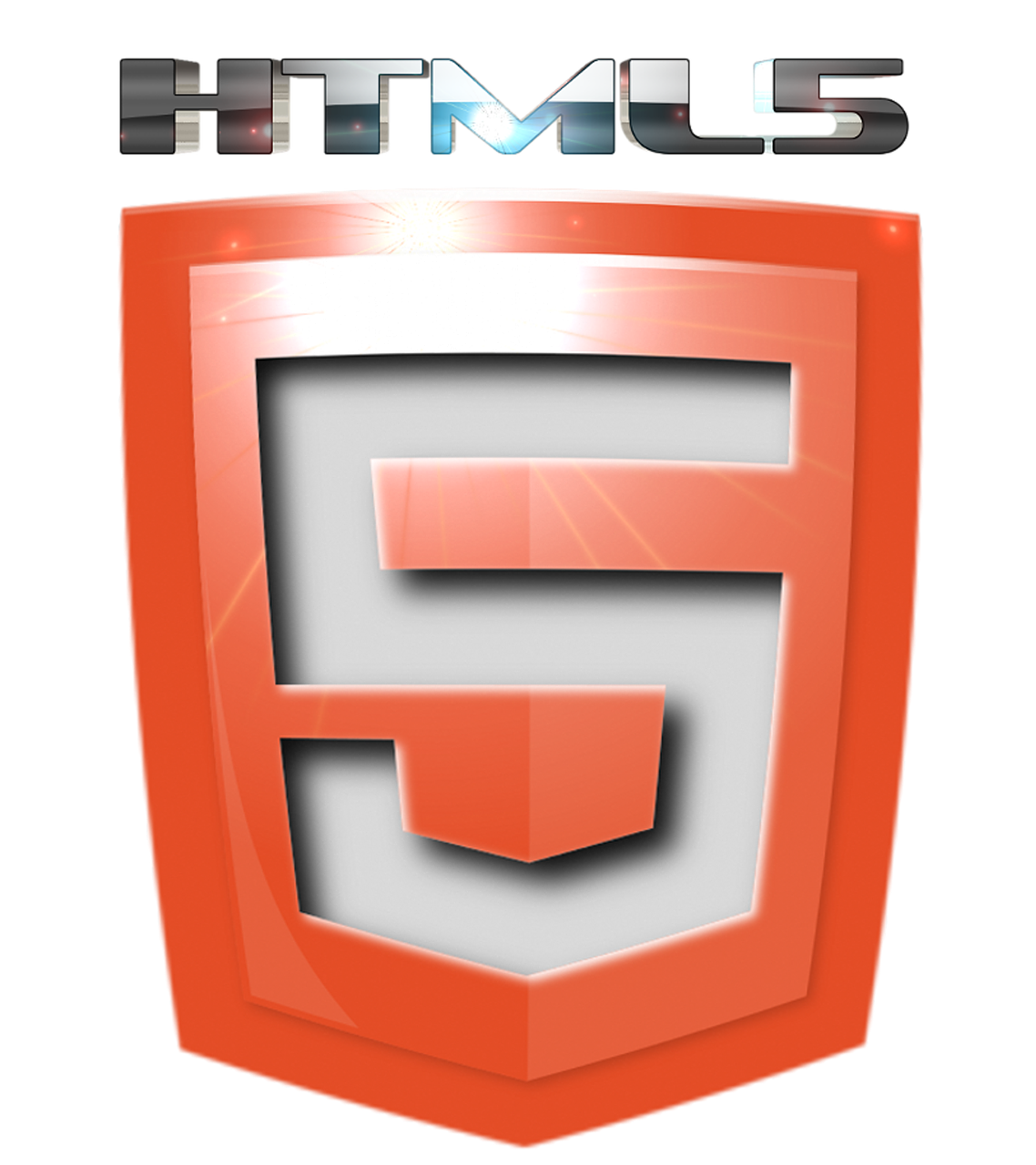What is HTML? - An Introduction to HTML Tags

HTML, which stands for HyperText Markup Language, is the standard markup language used for creating and structuring web pages. It provides a way to describe the structure, content, and presentation of information on the internet.
HTML Tags
HTML uses a set of tags to define different elements and components within a web page. These tags are enclosed in angle brackets (< and >) and are usually represented in pairs - an opening tag and a closing tag. Let's explore some commonly used HTML tags:
<html> and </html>
The <html> tag is the root element of an HTML page and encloses all other HTML elements. It represents the HTML document as a whole.
<head> and </head>
The <head> tag contains metadata about the HTML document, including information such as the page title, character encoding, and external stylesheets or scripts.
<body> and </body>
The <body> tag represents the main content area of an HTML document. It contains all the visible content that is displayed on the web page.
<h1> to <h6>
The <h1> to <h6> tags are used to define headings of different levels, with <h1> being the highest (most important) level and <h6> being the lowest (least important) level.
<p>
The <p> tag is used to define a paragraph of text. It represents a block of text content within the document.
<a> and </a>
The <a> tag is used to create a hyperlink. It allows you to link to other web pages, documents, or specific parts of the same page using anchors.
<img>
The <img> tag is used to insert an image into an HTML document. It requires the "src" attribute to specify the image URL and the "alt" attribute to provide alternative text for the image.
<ul>, <ol>, and <li>
The <ul> tag is used to create an unordered list, while the <ol> tag is used to create an ordered (numbered) list. Each item in the list is defined using the <li> tag.
<div> and </div>
The <div> tag is a container element used to group other HTML elements together. It allows you to apply styles or manipulate the grouped elements as a single unit.
<form> and </form>
The <form> tag is used to create a form on a web page. It contains form controls such as input fields, checkboxes, radio buttons, and submit buttons for user input and data submission.
<input>
The <input> tag is used to create an input field within a form. It allows users to enter data, such as text, numbers, or file uploads.
These are just a few examples of HTML tags. HTML offers a wide range of tags and attributes to structure and present web content in various ways.
Conclusion
HTML is the foundation of the web, providing a standardized way to structure and present information. By using HTML tags, you can define the elements of a web page and create a well-organized and visually appealing website.

.png)
.png)

0 Comments